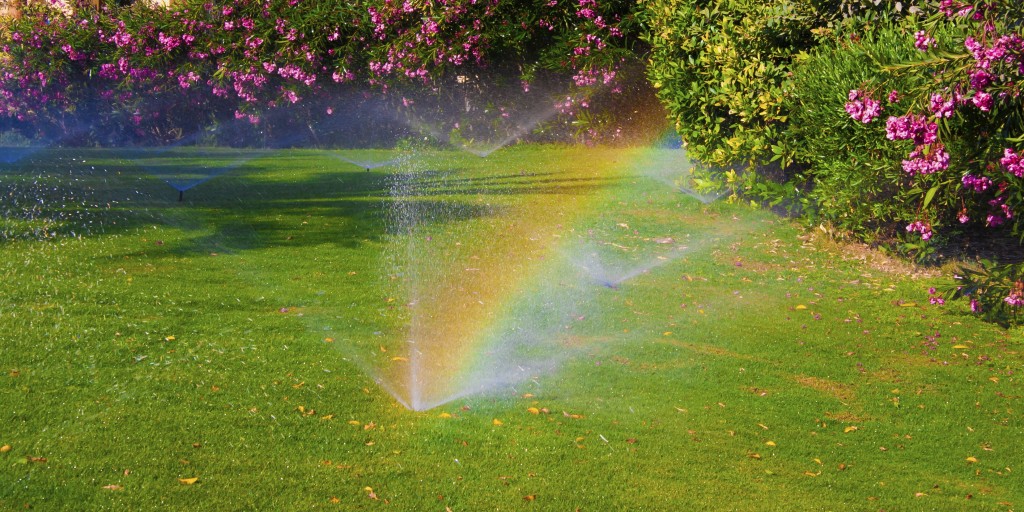Spring has nearly sprung, and the change of season means one thing for homeowners: maintenance. This year, introduce eco-friendliness to your spring maintenance routine. Many of the green fixes below require just one or two more steps in projects likely already on the docket.
1. Aerated Interior
There’s no better sign that spring has arrived than opening your windows to let fresh air sweep through your home. Opening windows removes indoor air pollutants, like radon, secondhand smoke and VOCs (Volatile Organic Compounds), which results in cleaner air both inside and out. If you have HVAC maintenance on the agenda this spring, trim shrubs planted near the A/C unit and hose off debris – any obstructions to your unit may result in higher utility bills come summer and increased energy consumption.
Related: The Three HVAC Questions Every Homebuyer Should Ask
2. Responsible Landscaping
If your lawn is looking worse for wear after winter, repair patches as soon as possible – any erosion can disrupt the surrounding environment. When you begin mowing, do your best to leave grass clippings on your lawn. Even though the blades have been severed from the roots, they still hold nutrients that can be recycled for the remaining grass underneath.
For those who’d rather keep clippings off the lawn, consider composting them into soil. Soil produced from composting retains moisture better than store-bought fertilizer, so you’ll conserve water and save money in the process. When composting, follow the brown/green rule: include a brown element, such as twigs or dead leaves, and a green element, such as the clippings or food scraps.
3. Sustainable Plumbing
Whether you’re planning a small spring spruce-up or cleaning your home top to bottom, swap out any toxic cleaning agents for water-based products. Don’t pour chemical cleaners down the drain – doing so can damage plumbing and harm the environment through contaminated runoff. Most state websites list hazardous waste collection centers. (Keep in mind that some facilities operate on a seasonal schedule.)
Are you planning to have your septic pumped this spring? Take it a step further by inspecting your plumbing for leaks (a leaky toilet can waste 200 gallons of water a day!) and installing inexpensive fixtures that conserve water, like low-flow faucets or shower heads.
For more tips on how to spring green your home, visit EPA.gov.
 Suzanne De Vita is RISMedia’s Online Associate Editor and social butterfly. She will be tackling the stash of inflatable furniture in her basement this spring.
Suzanne De Vita is RISMedia’s Online Associate Editor and social butterfly. She will be tackling the stash of inflatable furniture in her basement this spring.








